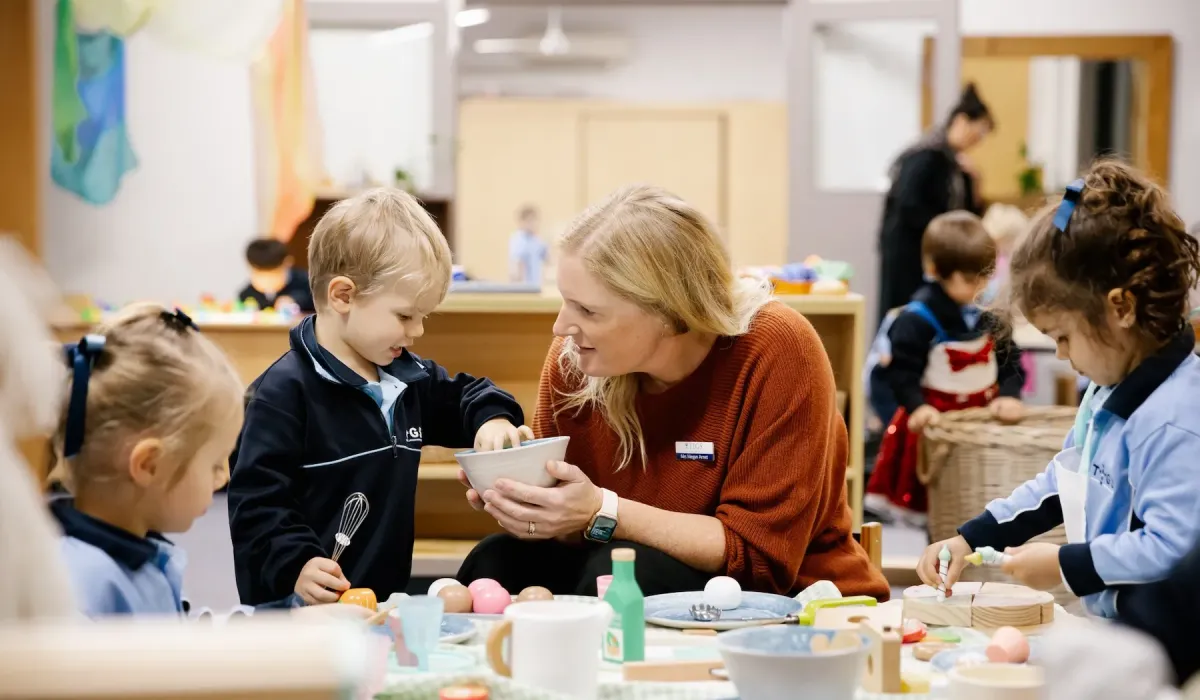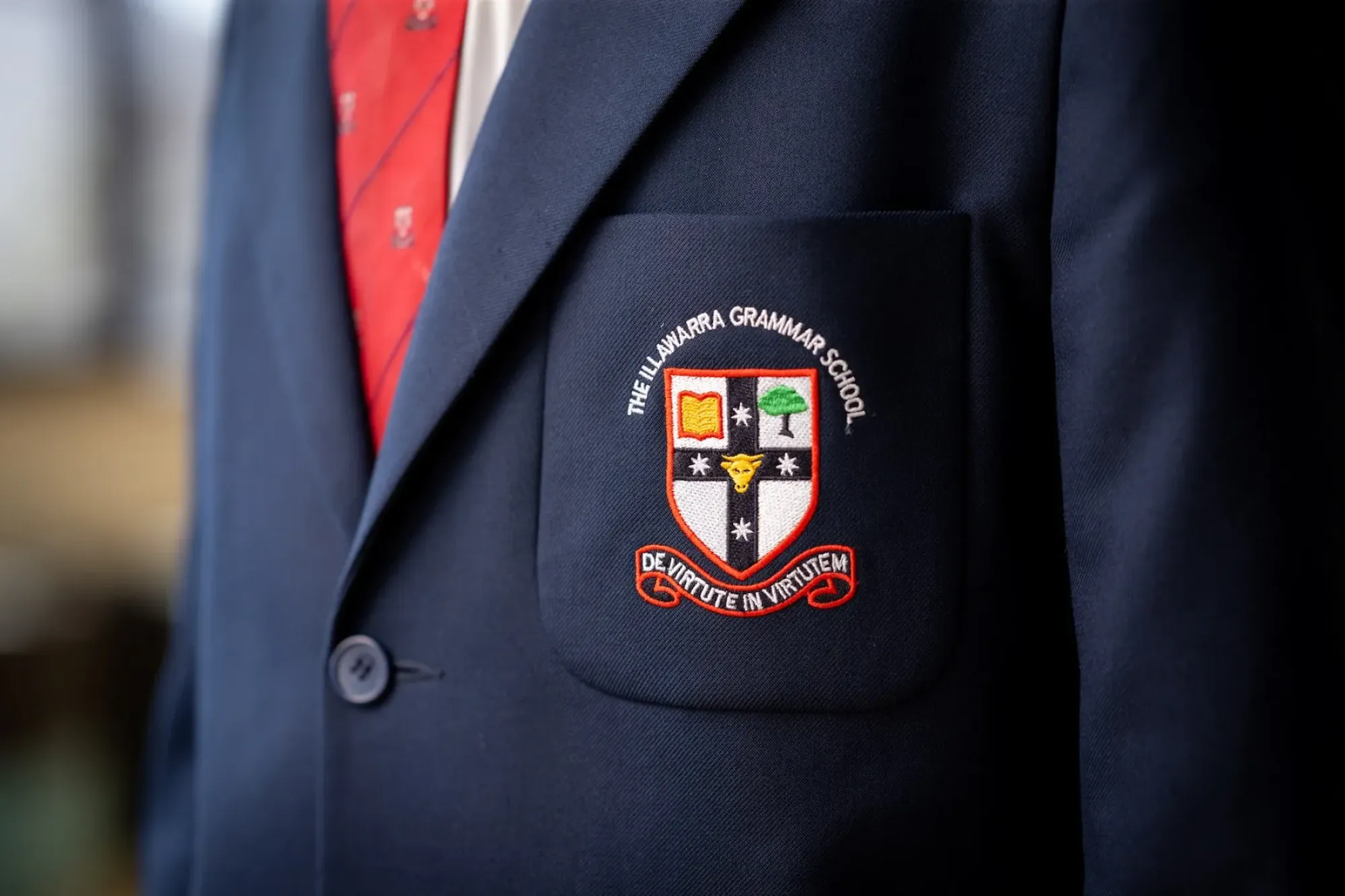
Who Knew Science Could be so Tasty?!
“When your child asks, ‘Why is there a moon?’, don’t reply with a scientific answer. Ask them, ‘What do you think?’. They will understand that you are telling them, ‘You have your own mind and your own interpretation, and your ideas are important to me.’ Then you and they can look for the answers, sharing the wonder, curiosity…” – Carla Rinaldi, Pedagogista and Director of the Municipal Infant-Toddler Centres and Preschools of Reggio Emilia, Italy.
Adults have important roles to play in supporting children’s growth and transformation. Our support and care for each child helps to build their sense of identity, security and wellbeing. Thinking with them builds their confidence as learners and communicators. Children have a direct influence on their physical environments and the nature of the investigations that happen within them. They transform themselves through their own learning via the knowledge and experience gained in the process of interactions, and their ability to influence the world in which they live.
As stated by The Early Years Learning Framework for Australia, “Childhood is a time to be, to seek and make meaning of the world”. Children begin to take part in life’s journey, build and maintain relationships and face challenges once they have a sense of being. While the educators might prompt topics to explore, through their termly provocations and the materials they provide, they are very much collaborators with the children in the process of learning. We also believe that children are by nature curious and that they love learning, especially if they are allowed to be the instigators of that learning.
Elanora’s Unit of inquiry is ‘living things can be effected by the earth’s natural patterns’. After reading the story ‘Bilby Moon‘ one of the children prompted a comment, “But I see different moons at night!”. The same child drew a picture of a crescent moon on the whiteboard to illustrate their point. This observation lead to a group discussion, “Why does the moon change?”. What followed was an investigation by the children about the phases of the moon.
This timely provocation coincided with the launch of the SpaceX Crew Dragon spacecraft carrying two NASA astronauts, Robert Behnken and Douglas Hurley, from the Kennedy Space Centre, which docked with the International Space Station. The children were intrigued with the power of the rocket taking off from the ground.
They also watched a clip of a rocket flying to the moon, examined photos of astronauts landing on the moon and discussed space, rockets and astronauts. The children then learnt that 51 years ago the space shuttle ‘Apollo 11’ landed on the moon and astronaut Neil Armstrong was the first person to ever walk on the moon. During this investigation, the children examined photos of the moon phases, including an eclipse and read several books relating to the moon. These included ‘Kissed by The Moon‘ by Alison Lester and ‘The Tiny Star’ by Mem Fox. These little astronomers love observing the night sky! The children observed the moon at home with their families and conducted experiments set up by teachers to further develop their own understandings and prior knowledge about the phases of the moon.
When children and/or their families initiate projects, they become deeply involved in what is happening in the classroom. This approach awakens their confidence, interest and self-esteem. The children were asked how the moon shrunk and grew. They learnt that the moon itself does not change its shape and that the moon phases are named to describe their appearance and place in the phase cycle. They became familiar with the term waxing which means growing or increasing in illumination, and waning which means shrinking; Gibbous means swollen on one side, referring to the phases where the moon is more than half illuminated or more than half dark. The class gathered in our learning group and the children had the opportunity to match the four phases; full, half, third and quarter moon using an Oreo biscuit moon phases activity project. The educator used a marker to write which Moon phase each cookie represents next to the appropriate moon cookie model. This fun interactive activity allowed children to organise the Oreos in the correct order while demonstrating their knowledge of phases of the moon. Who knew science could be so tasty?
At the end of the lesson, the children thoroughly enjoyed a bit of edible astronomy.

